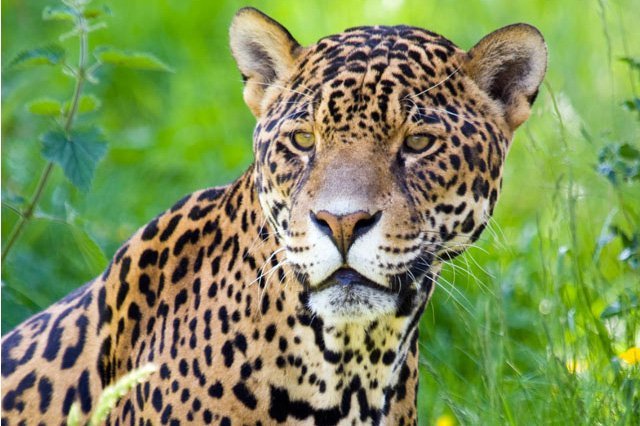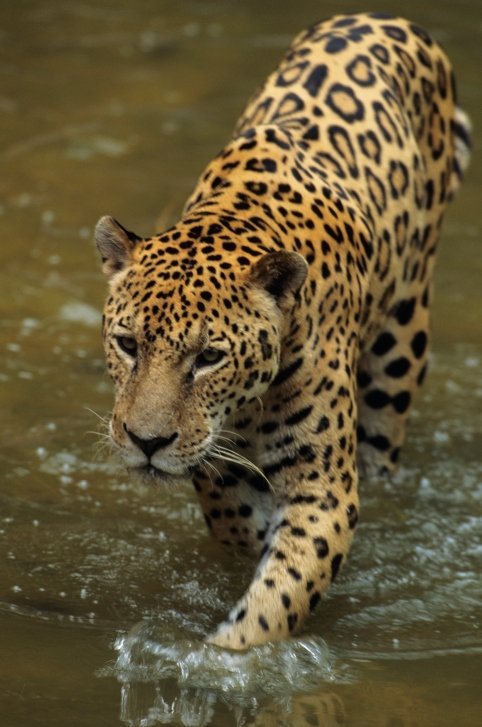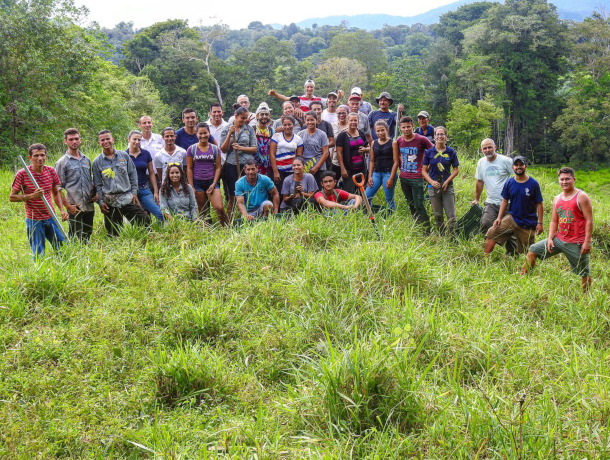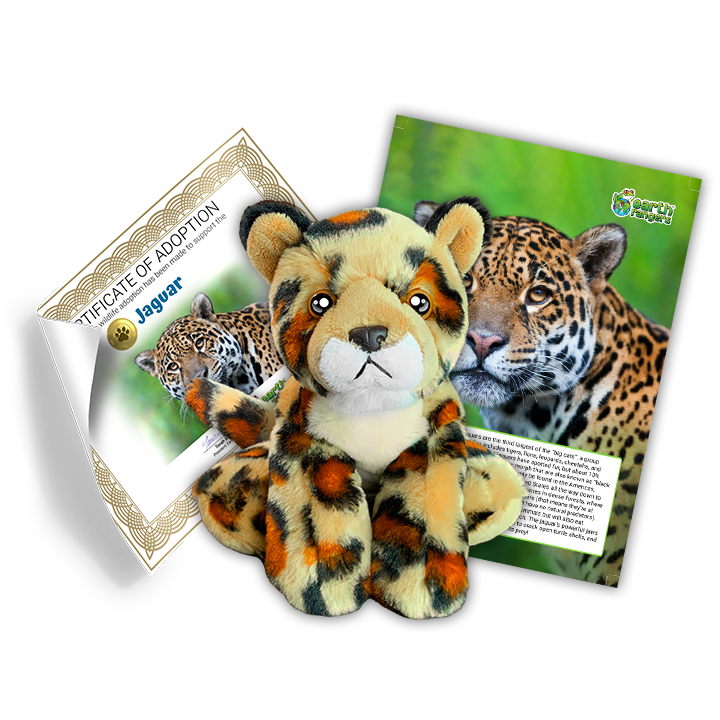Here at Earth Rangers, we think jaguars are pretty cool cats! But besides cool, they’re also big cats – in fact, they’re the only member of the group of “big cats” (which includes lions, tigers, leopards, cheetahs, and cougars) that are found in the Americas. Lucky us! They make their homes in the dense forests of the Southwestern United States, through central America, and all the way down to Argentina. In Costa Rica, the Osa Peninsula is an extra special spot: besides being home to jaguars, it’s also home to about 2.5% of the world’s biodiversity – pretty incredible considering it covers less than 0.05% of its surface area!

Most of the jaguars you see in the wild are spotted, but about 10% of these fierce felines have a coat that looks all black instead. They’re sometimes mistakenly referred to as “black panthers”, but if you look up close, you can see they are still in fact spotted – just a whole lot darker than their lighter-colored counterparts!

Jaguars are called “apex predators”, which means they’re found at the top of the food chain. They have no natural predators, but that doesn’t mean the living’s always easy! Sadly, in the Osa Peninsula, the loss of old growth forests and the threat of hunting are putting jaguars at risk. That’s where you come in!
We’re working with the International Conservation Fund (ICF) and Osa Conservation to protect the important Osa Peninsula and its incredible biodiversity. Threats like the destruction of old growth forests and illegal hunting are a challenge, but we can help! Our partners are working with local communities to monitor camera traps for signs of poaching and to restore corridors that help connect the fragmented landscape, but they can’t do it alone.

Head to the Adoptions Section in the Earth Rangers App or visit the Earth Rangers Shop to get your Adoption Kit and help make a difference today!




Awesome
Love the pattern
So nice of you guys
Do you give money to the project or just keep? Just wondering.
What places does the money go to and how can I be sure that you give the money to the animals
@Hoc – Yes, proceeds from adoptions go to the project itself. Absolutely no donation funds go to overhead or administrative costs.
If you have further questions, or would like to see a comprehensive breakdown please email our membership team.
So amazing
Hey,if you live in Argentina or South America jaguars are becoming extinct. So if you can do anything about it, try to help please.
My favorite animal is a jaguar. There so cool,and unique
I love cats